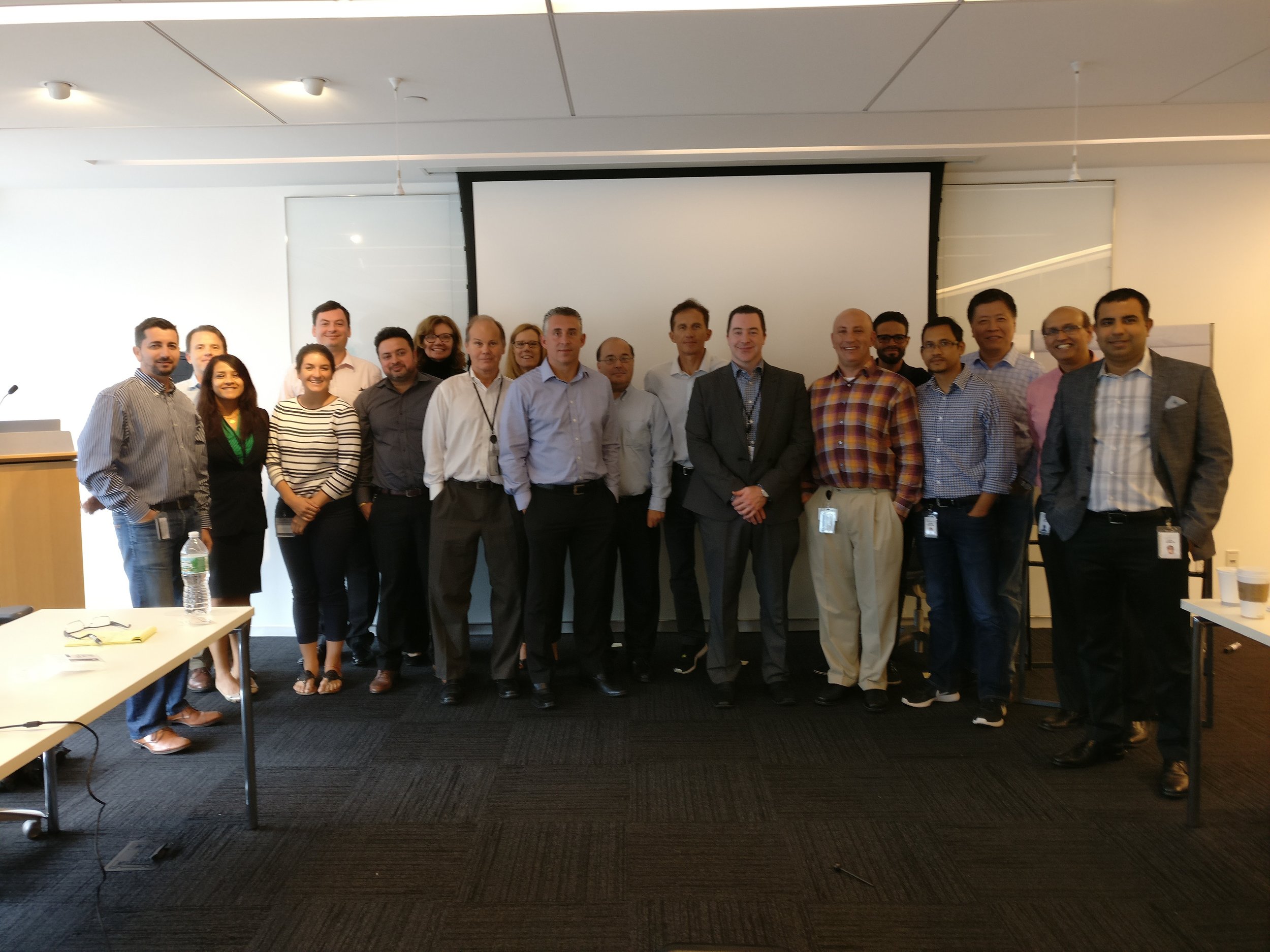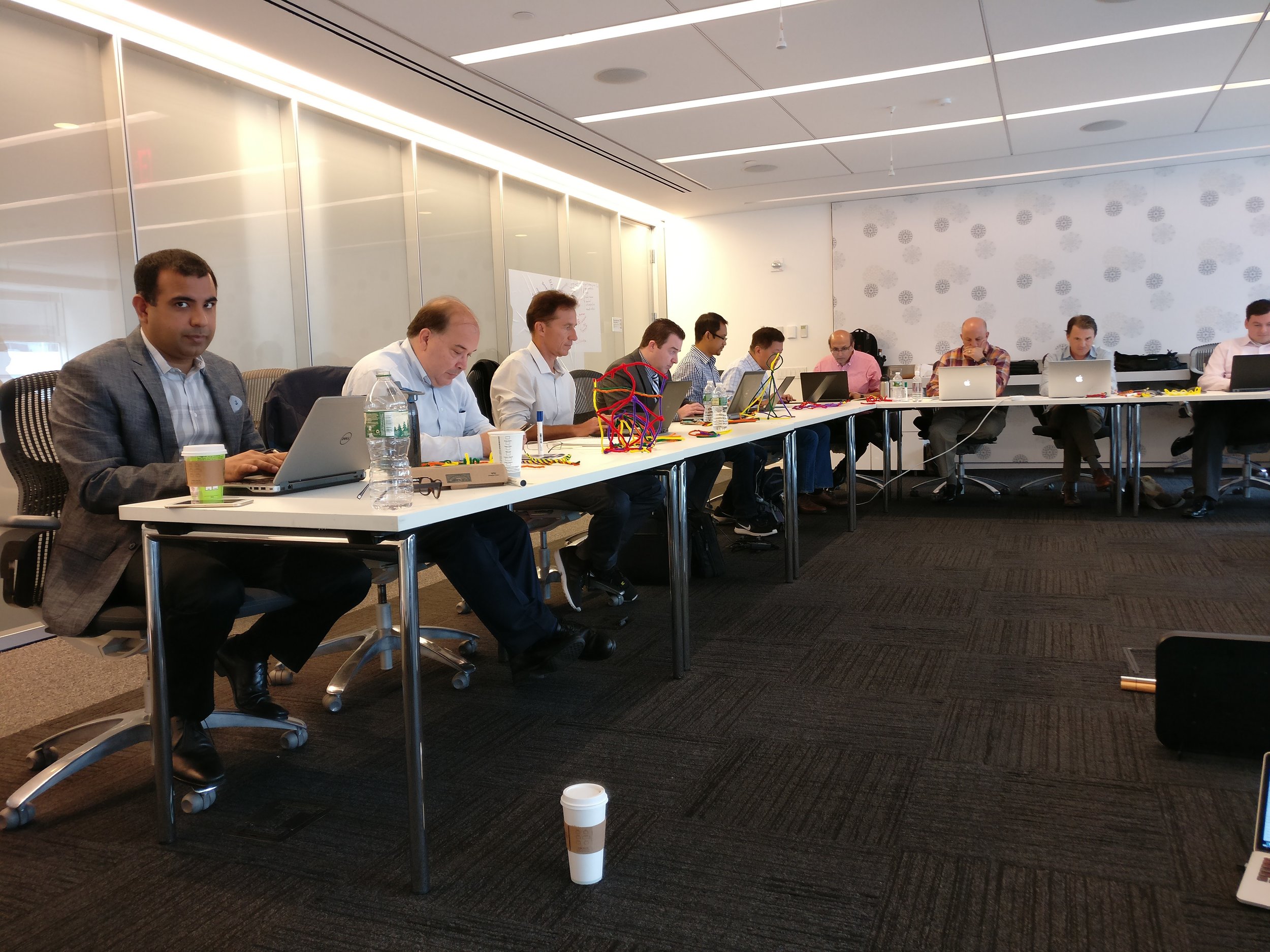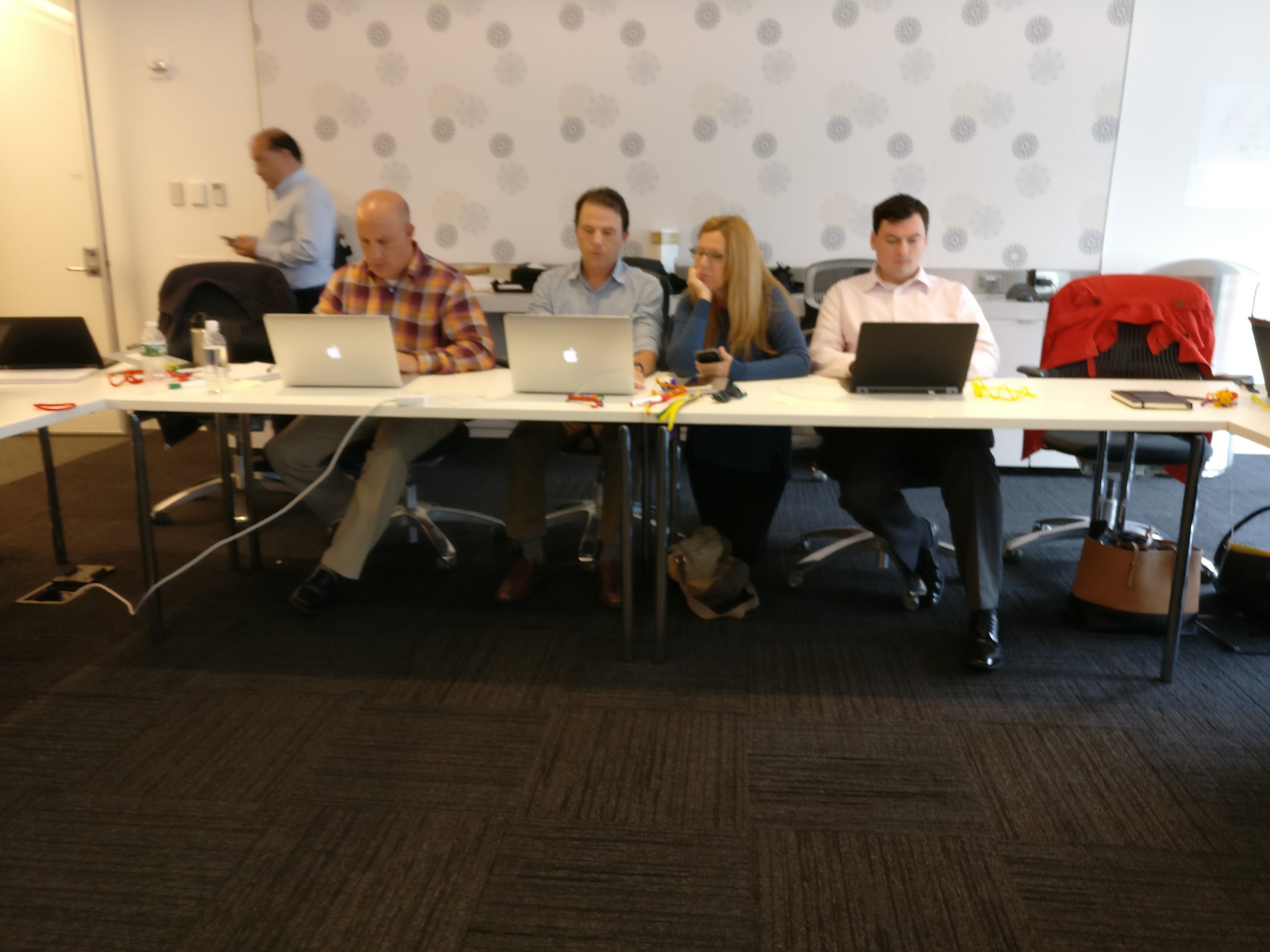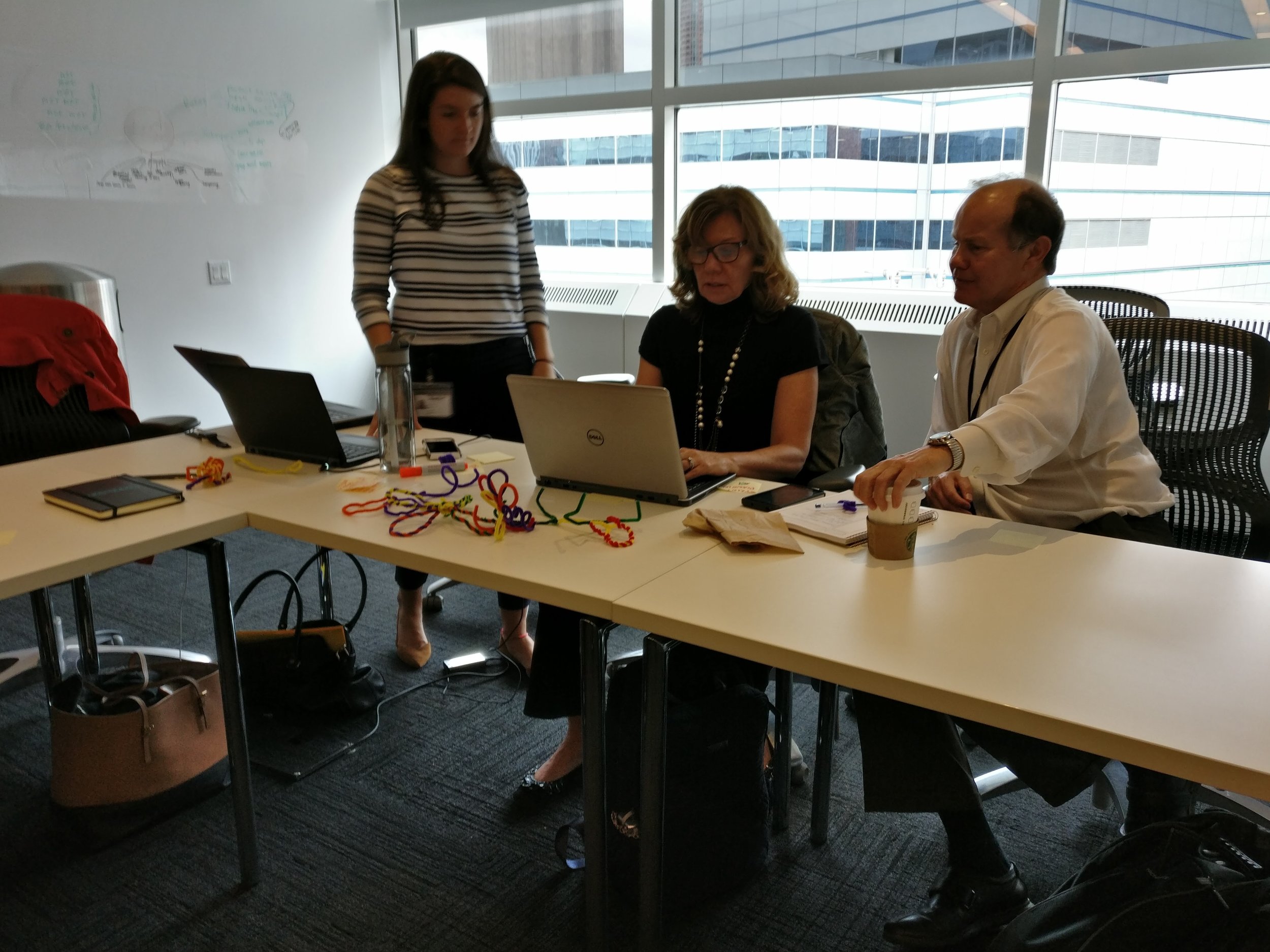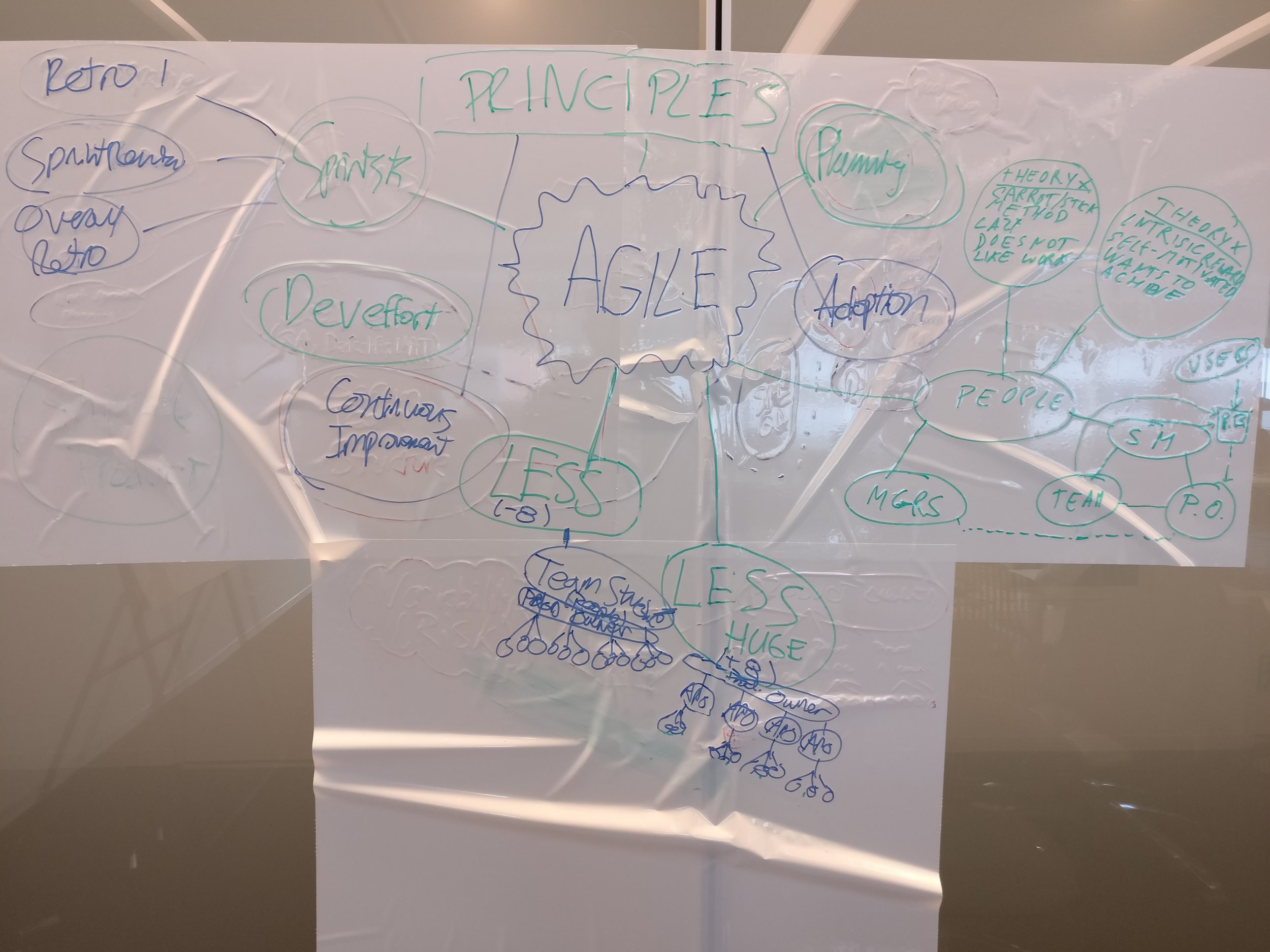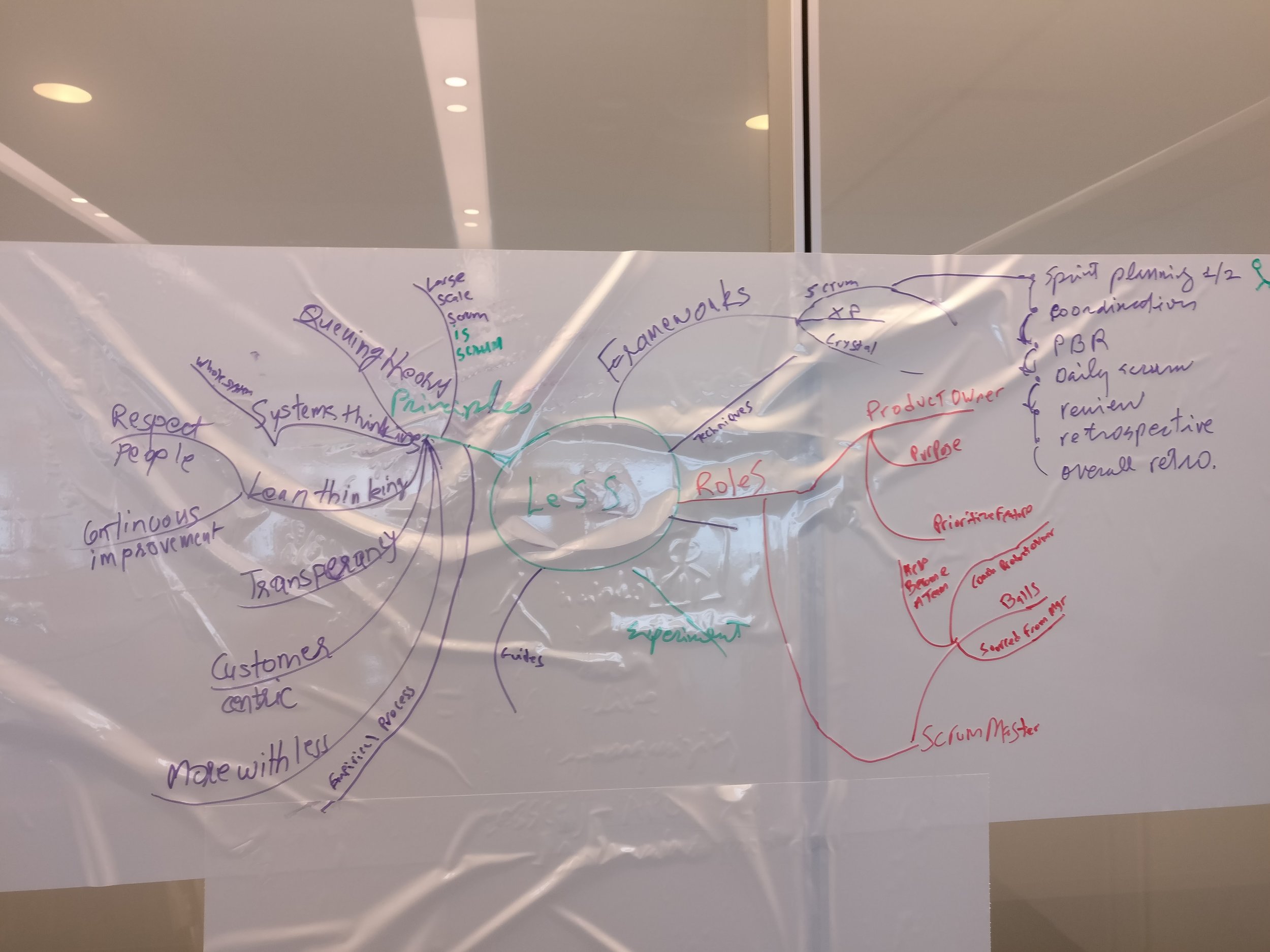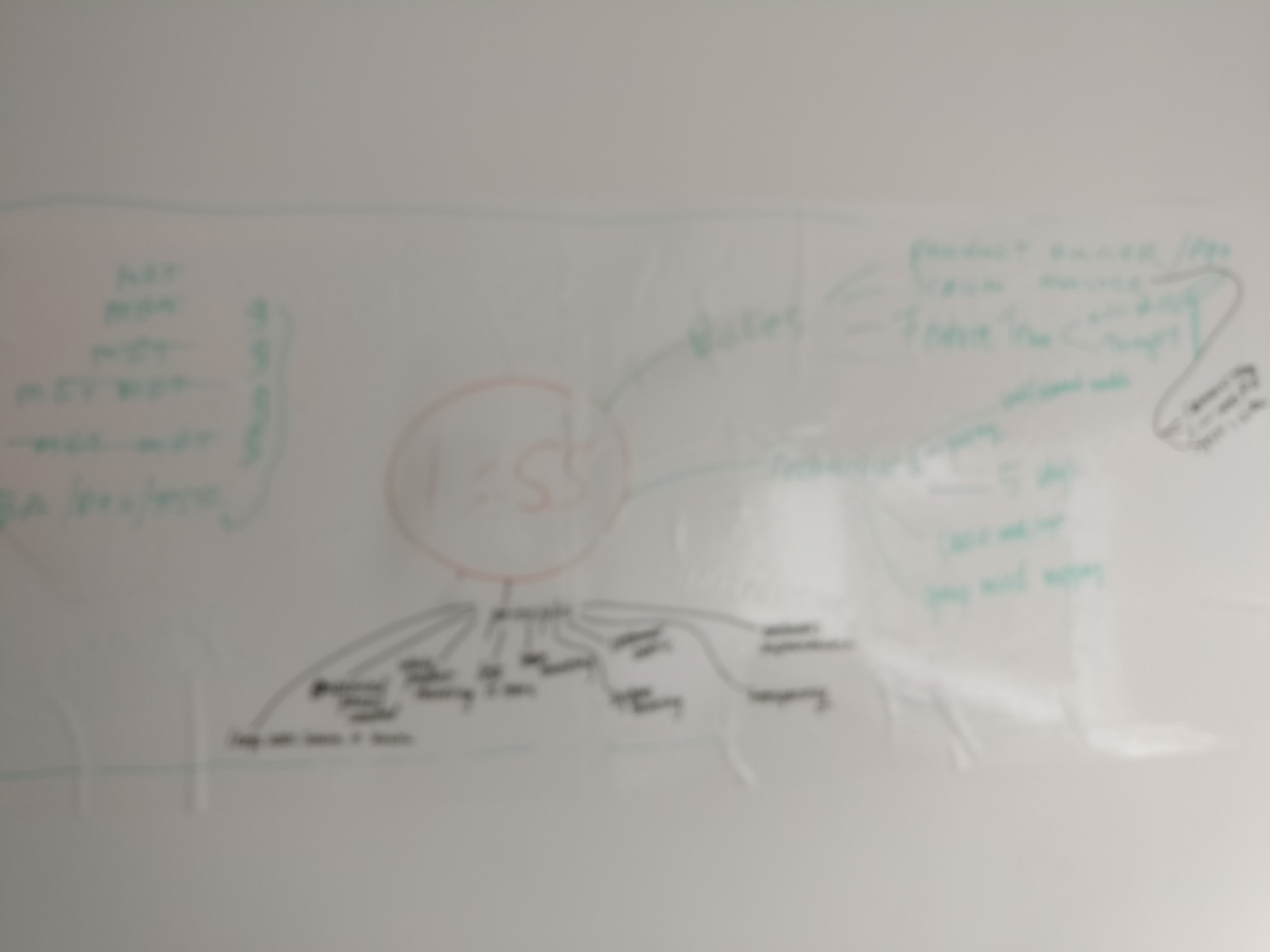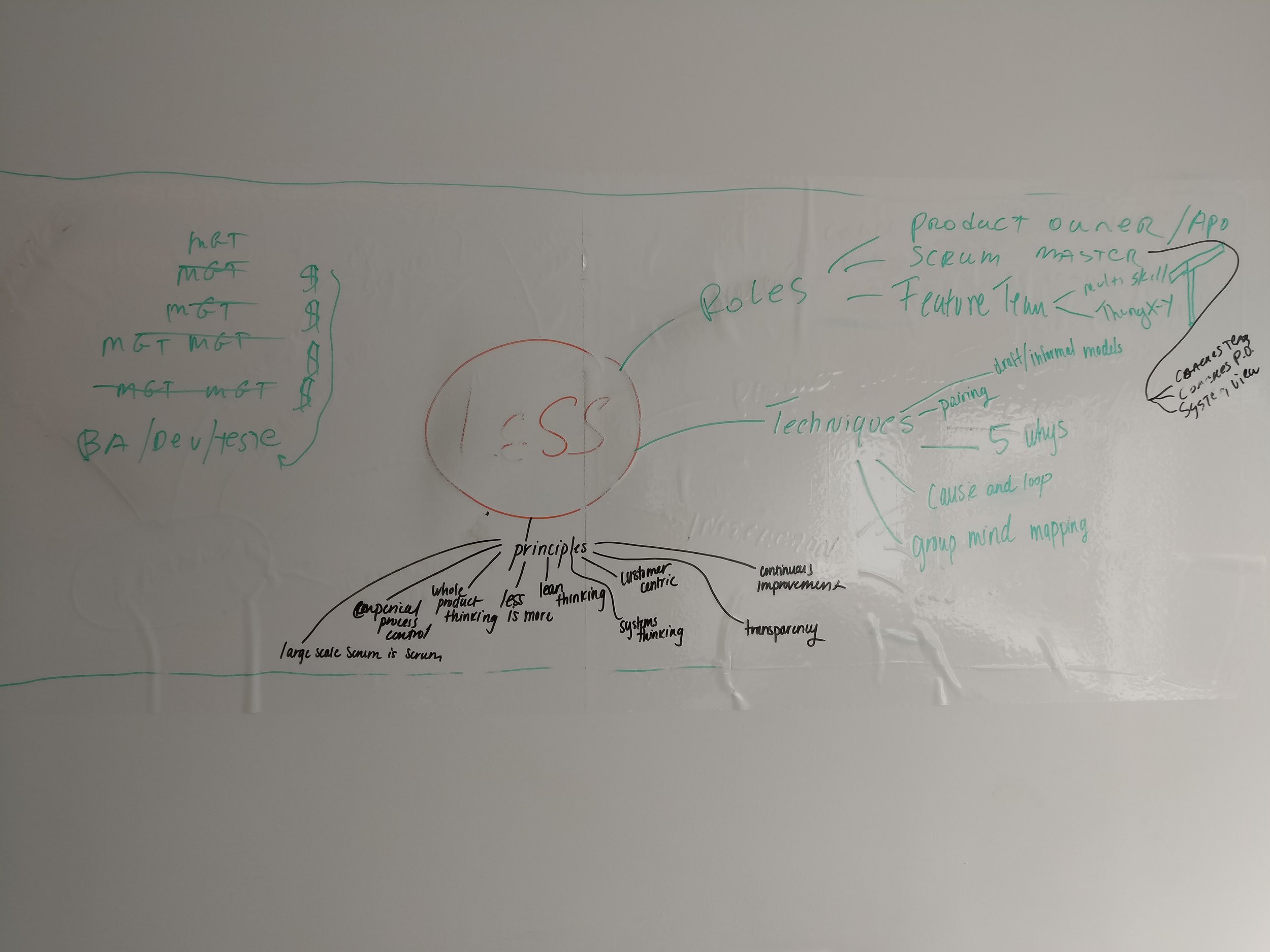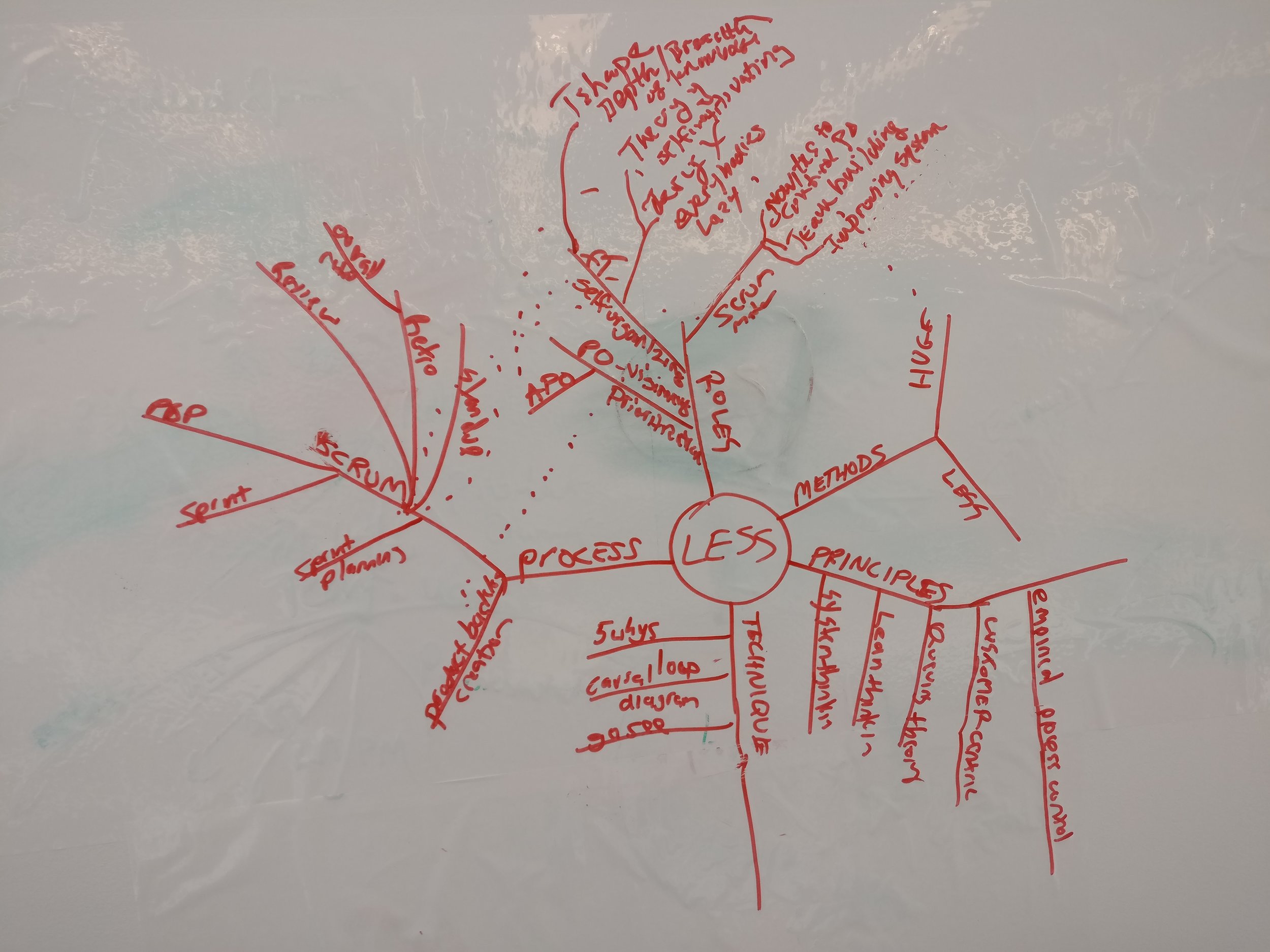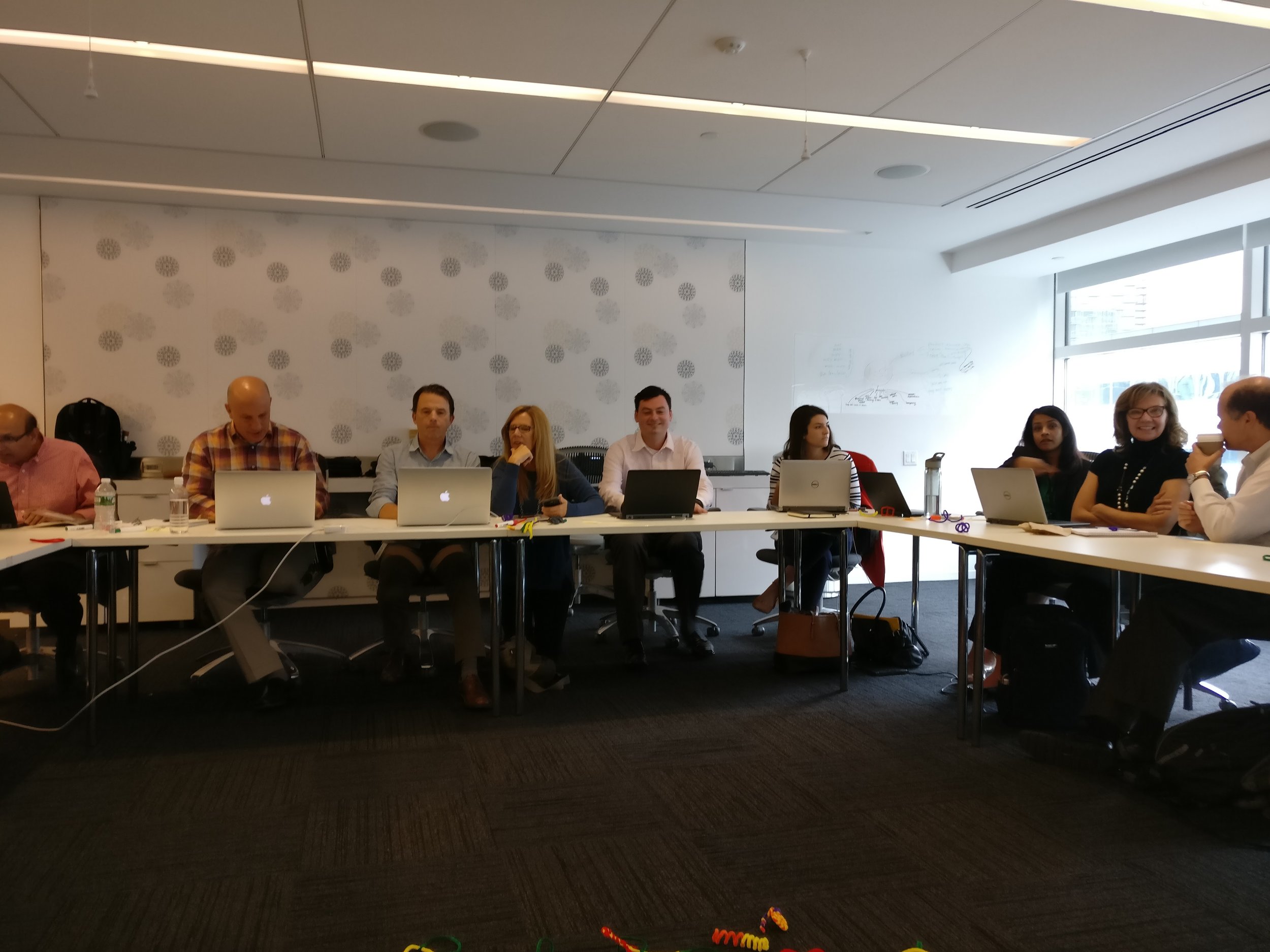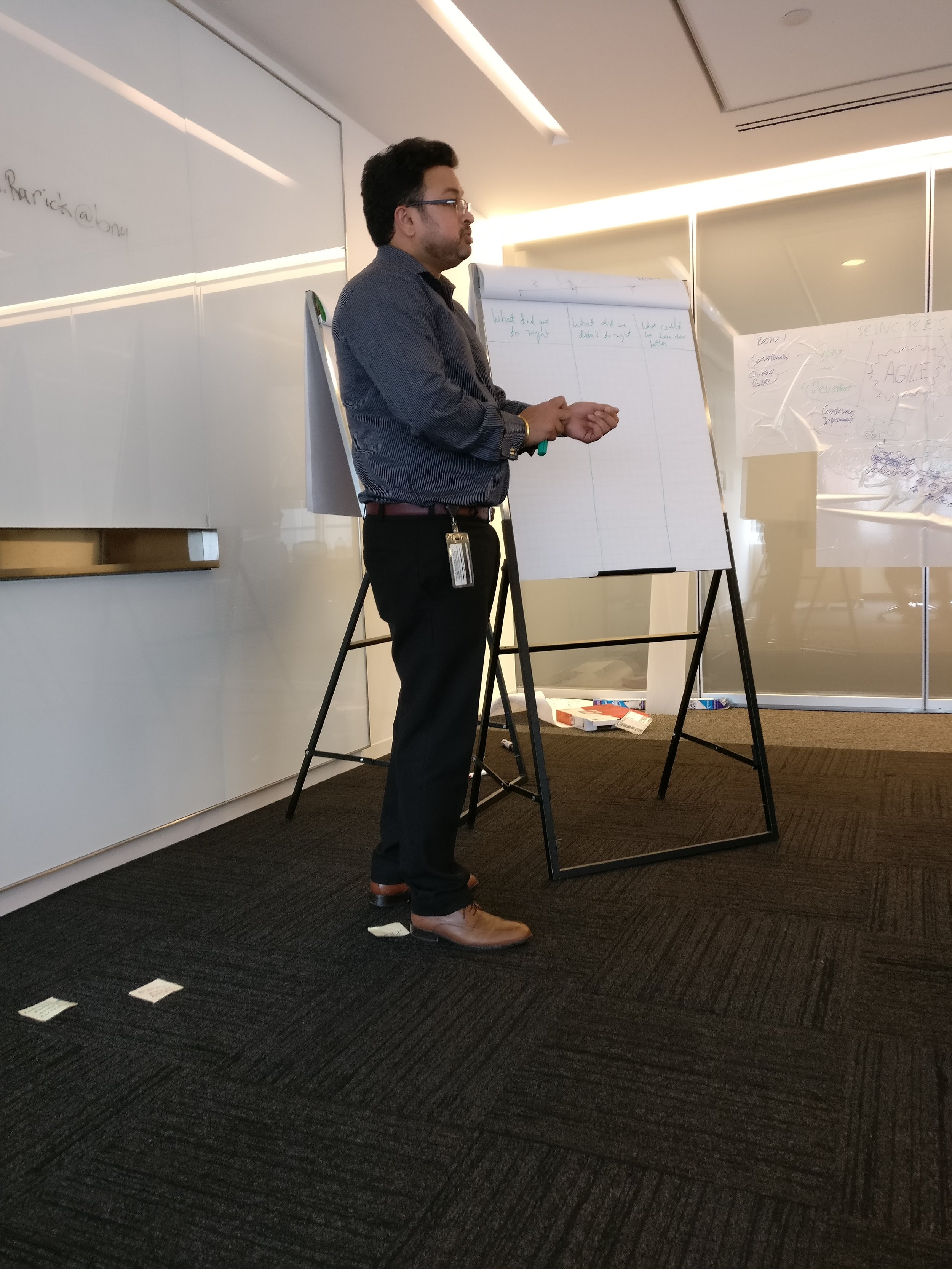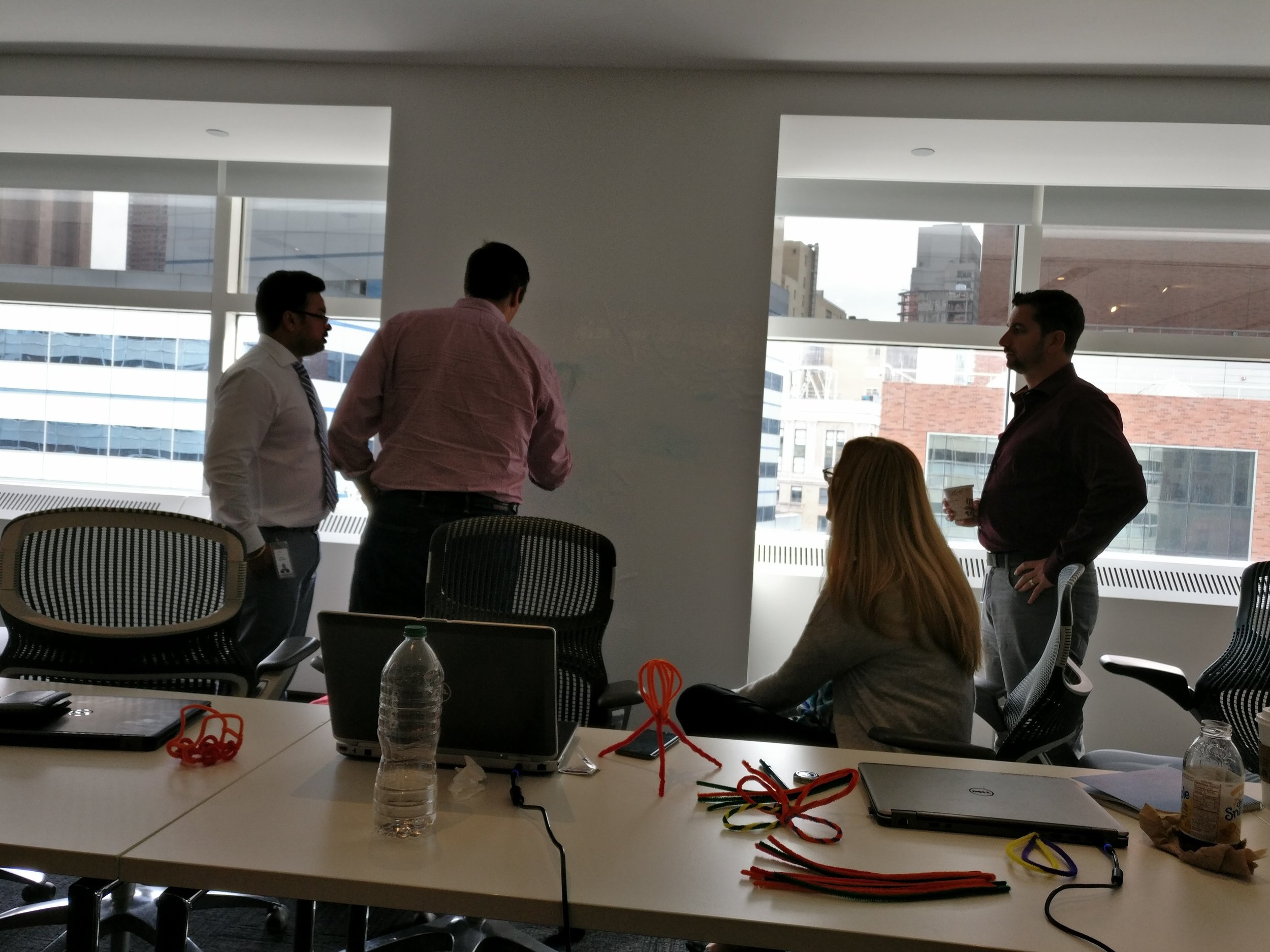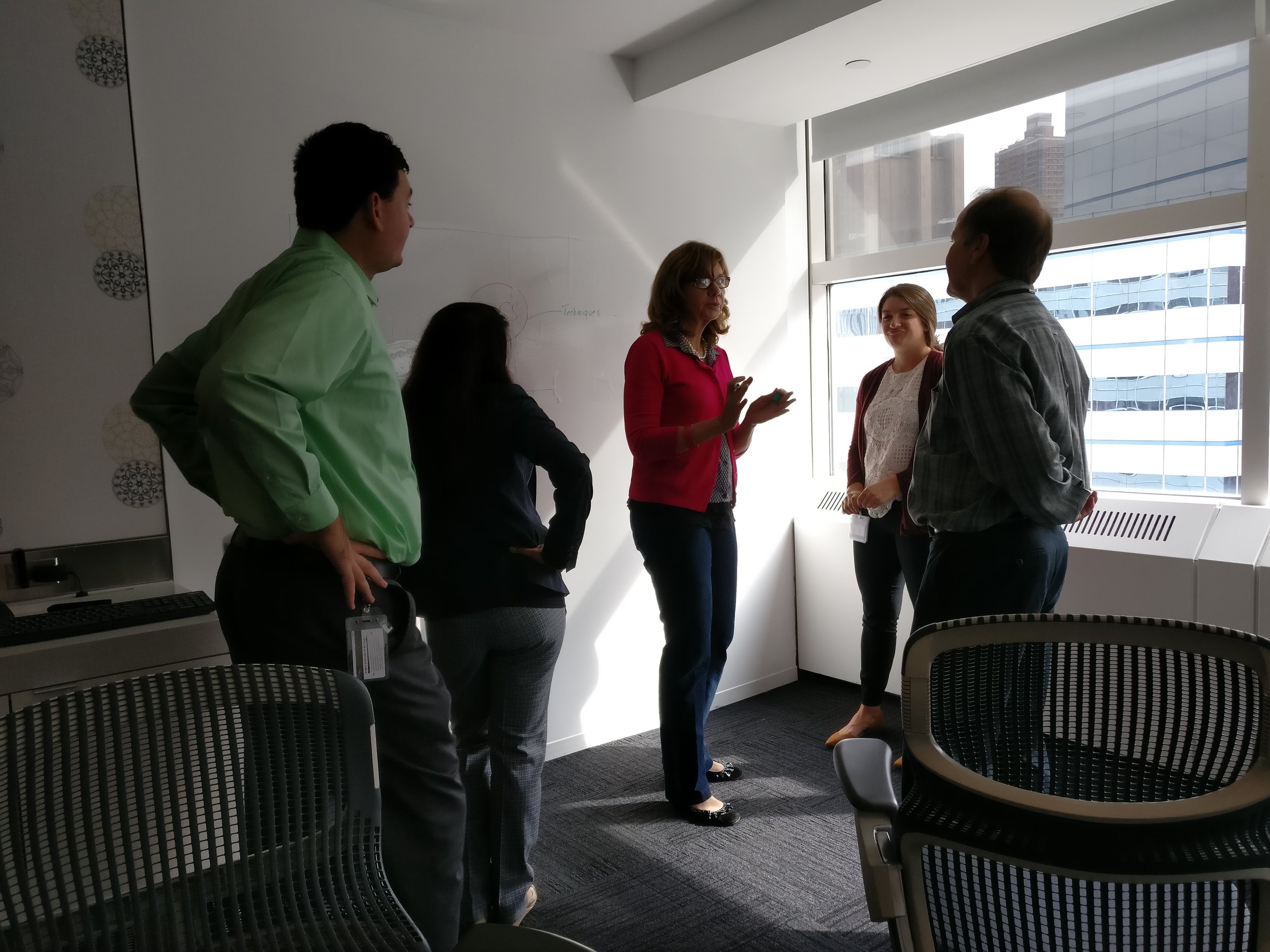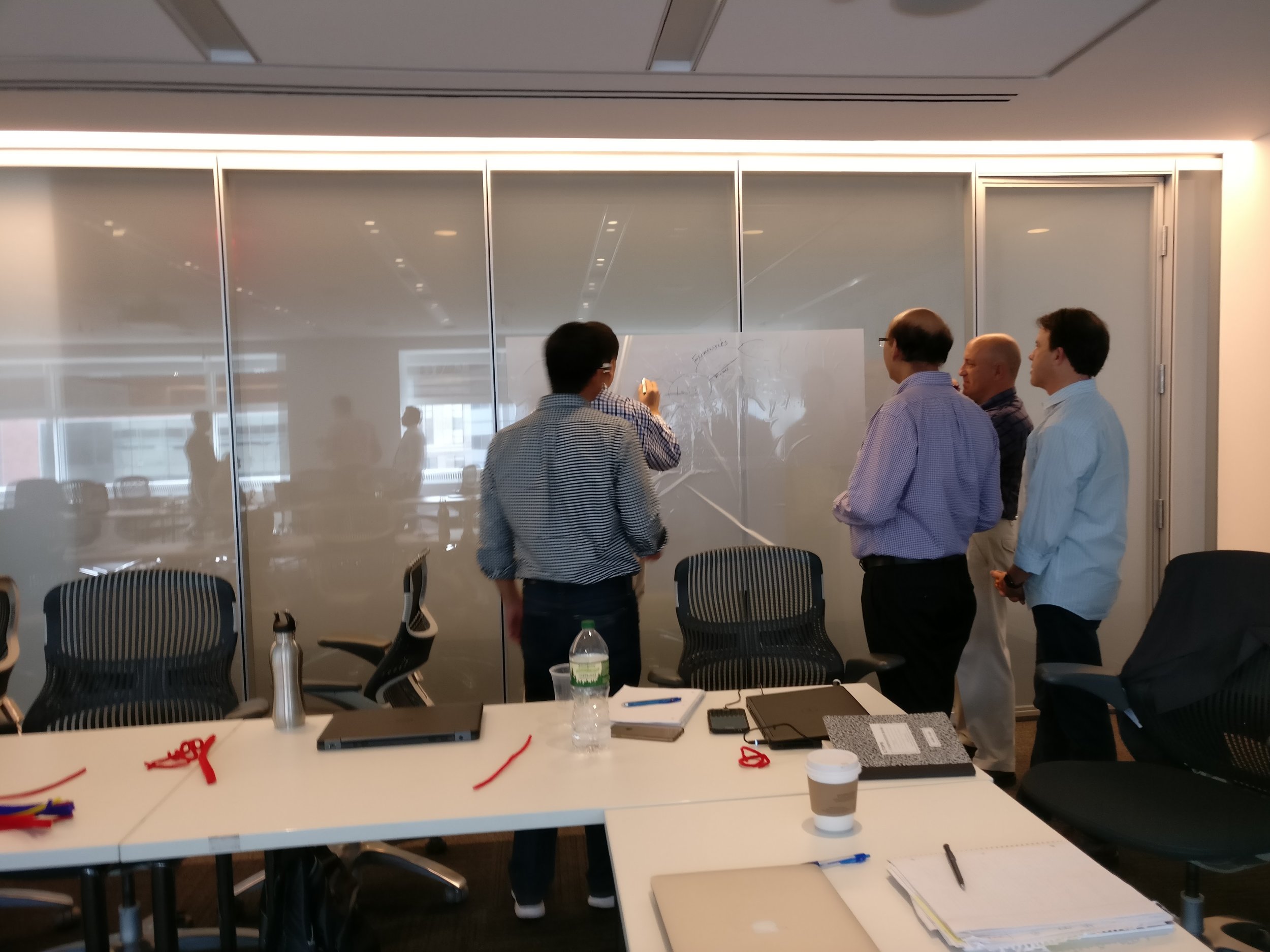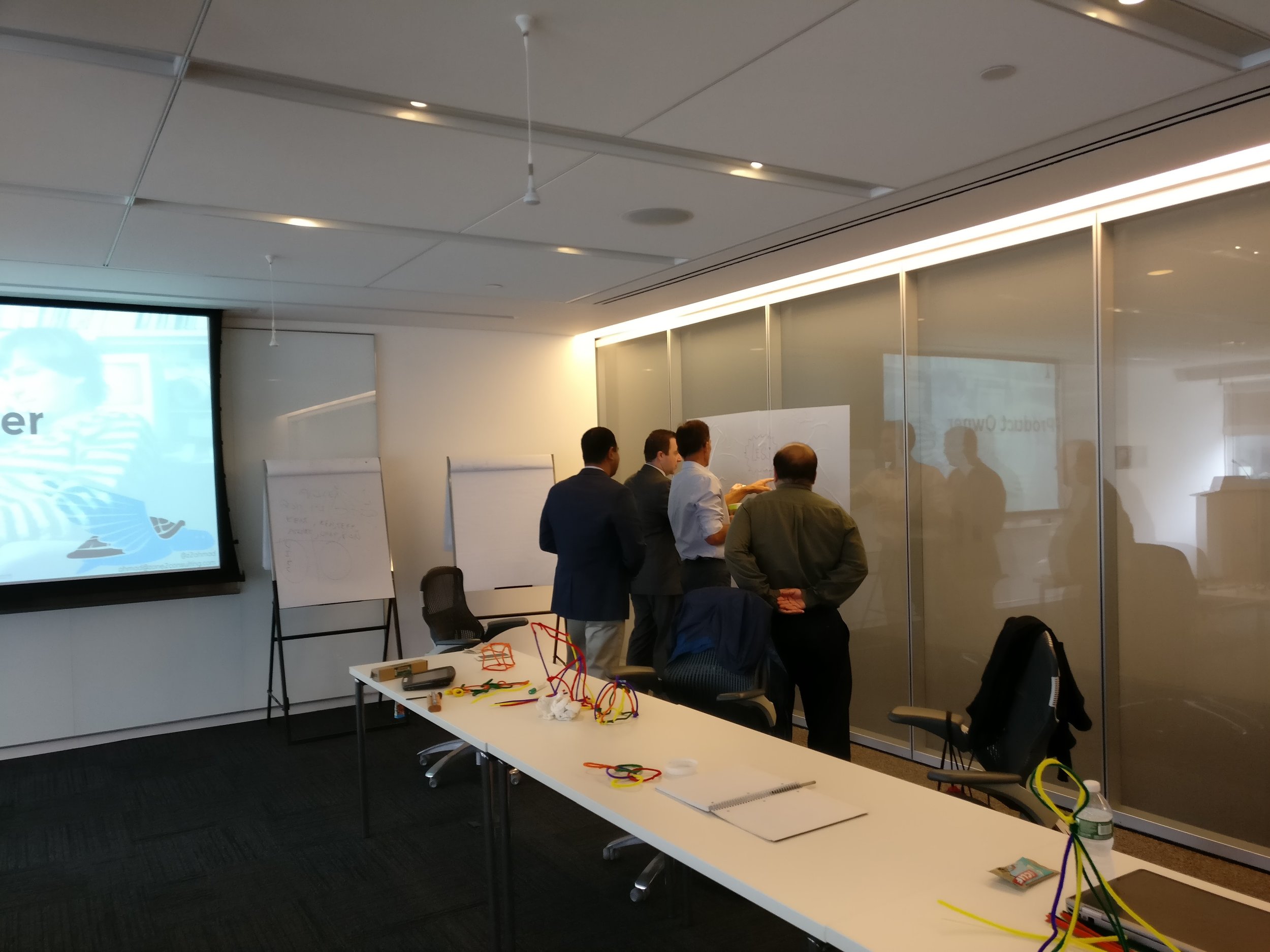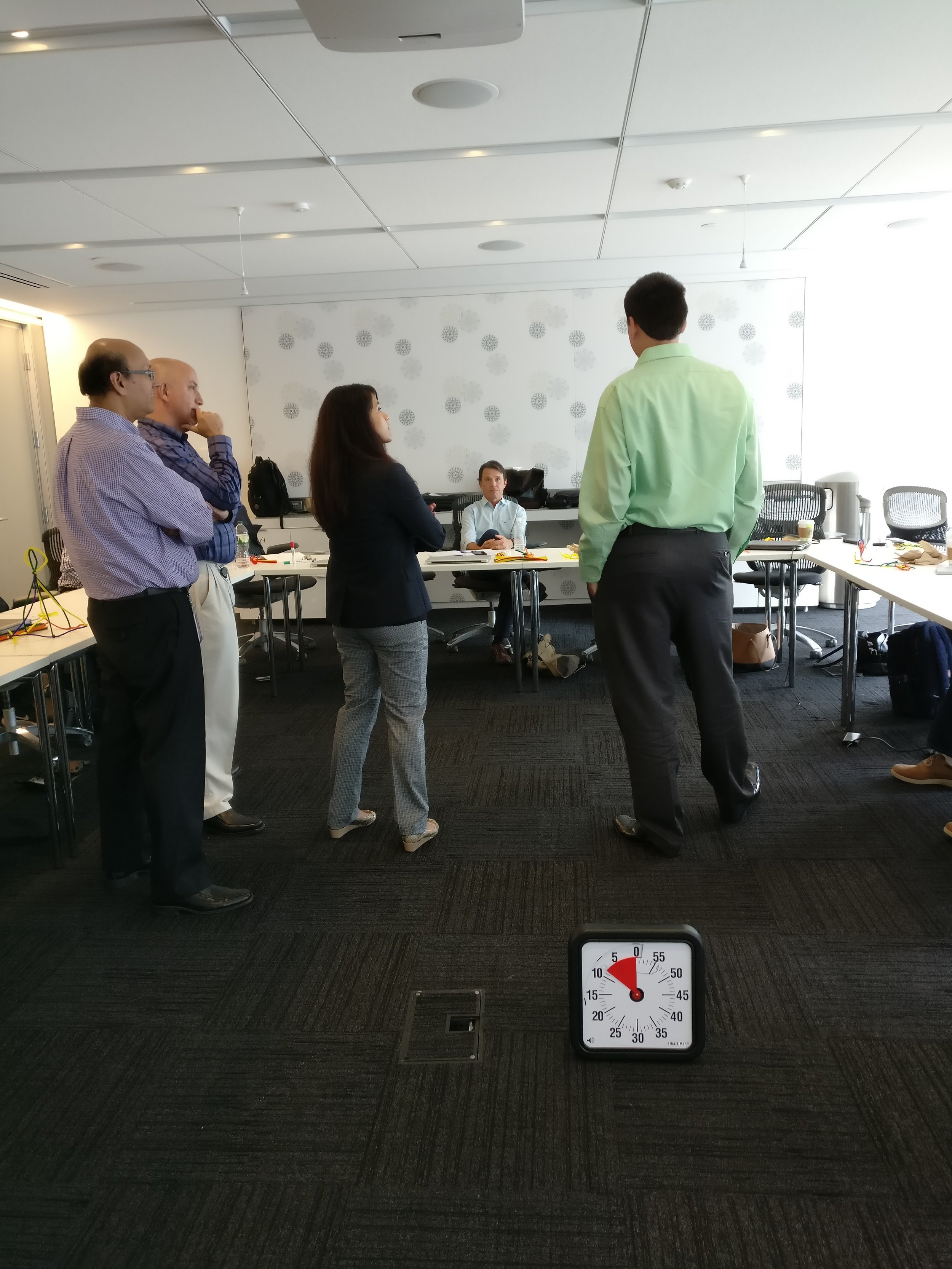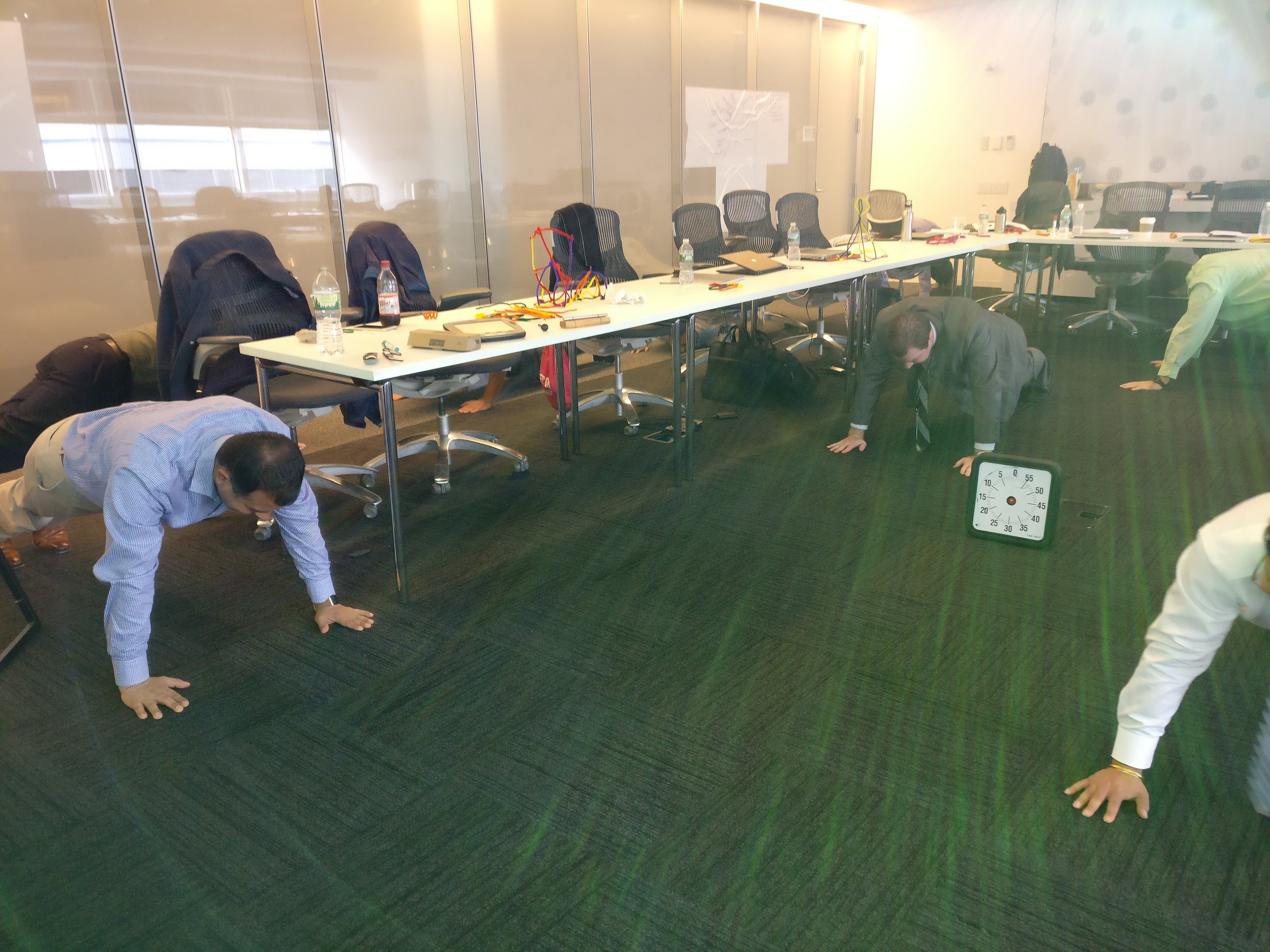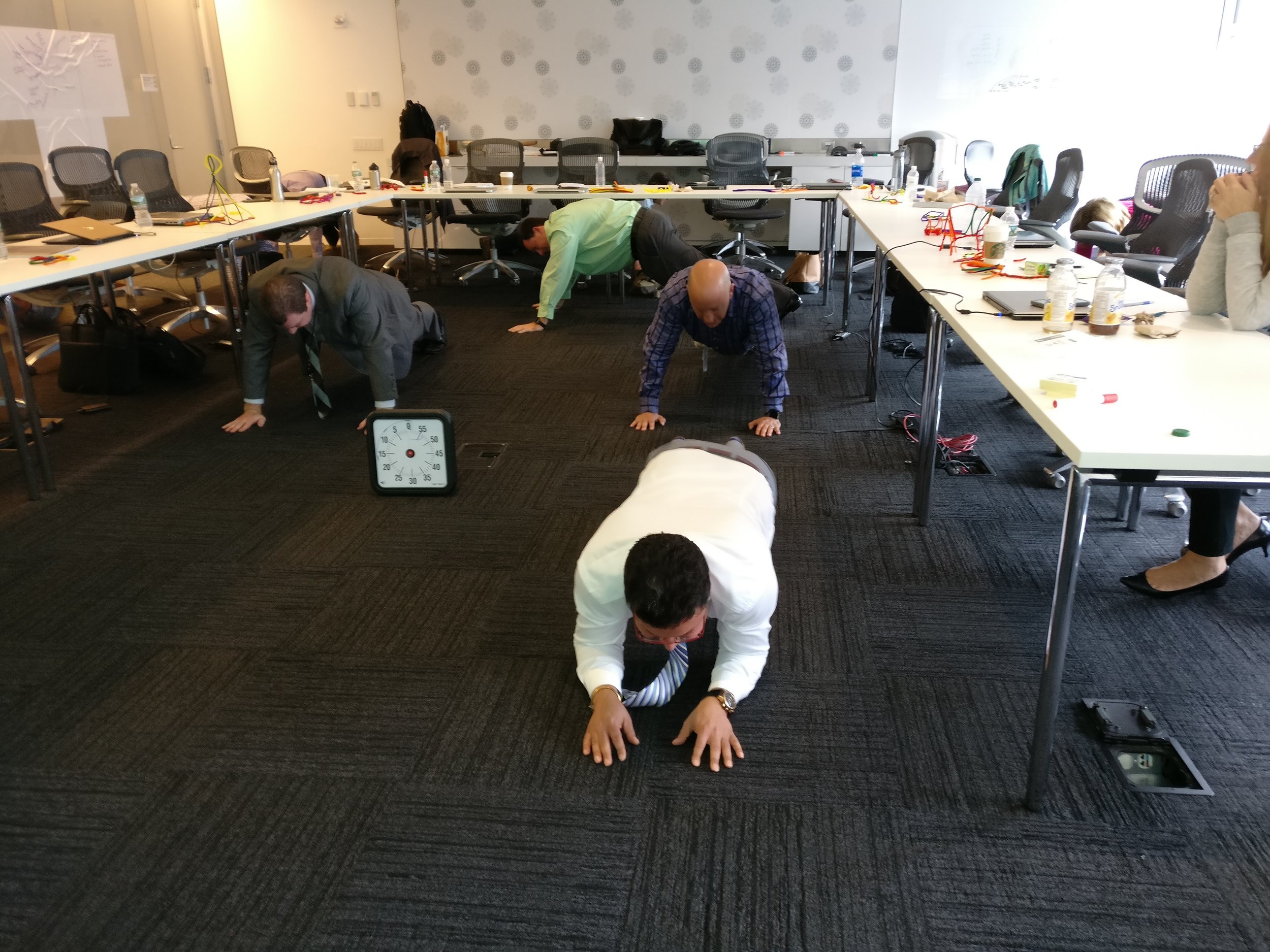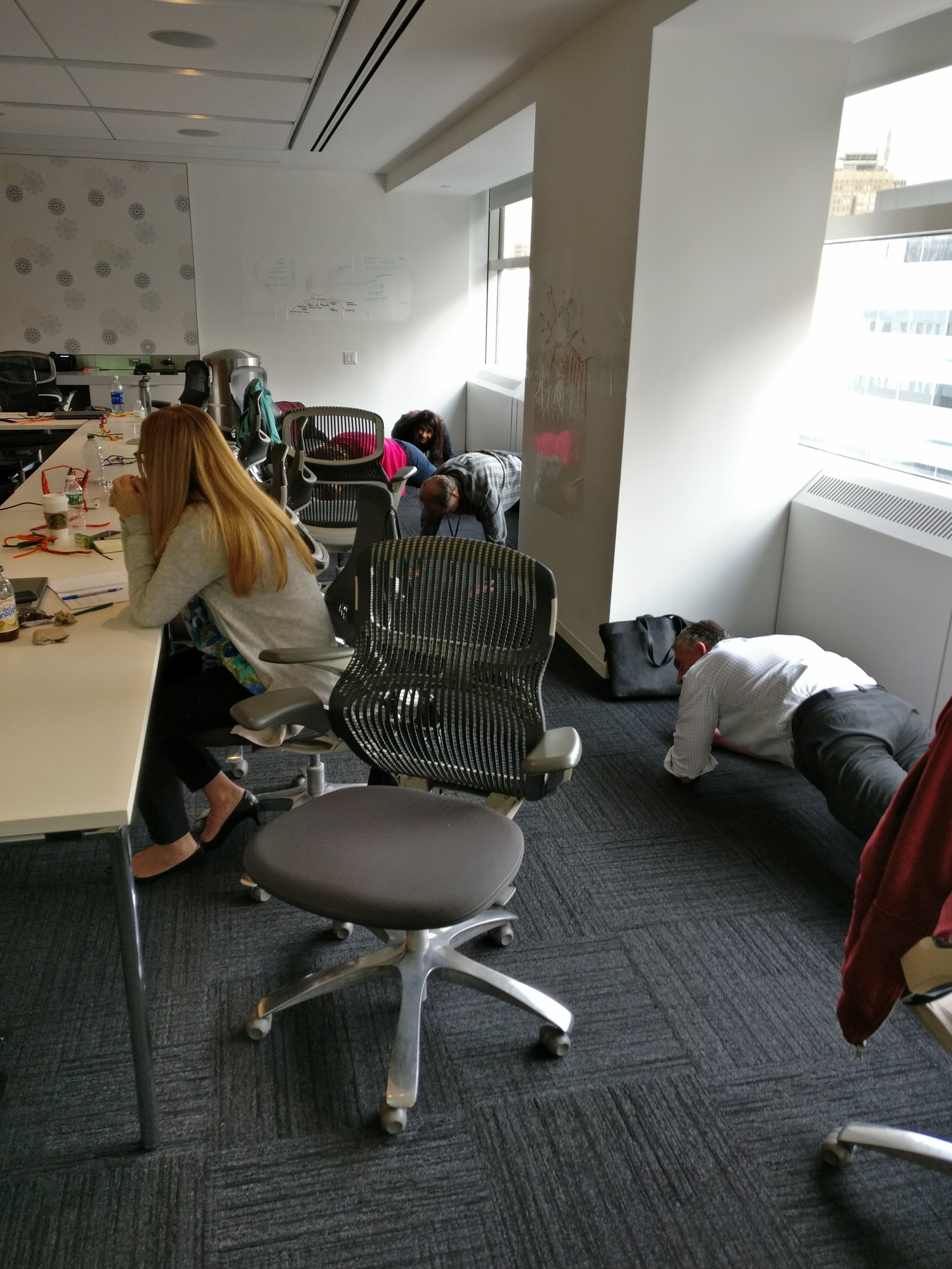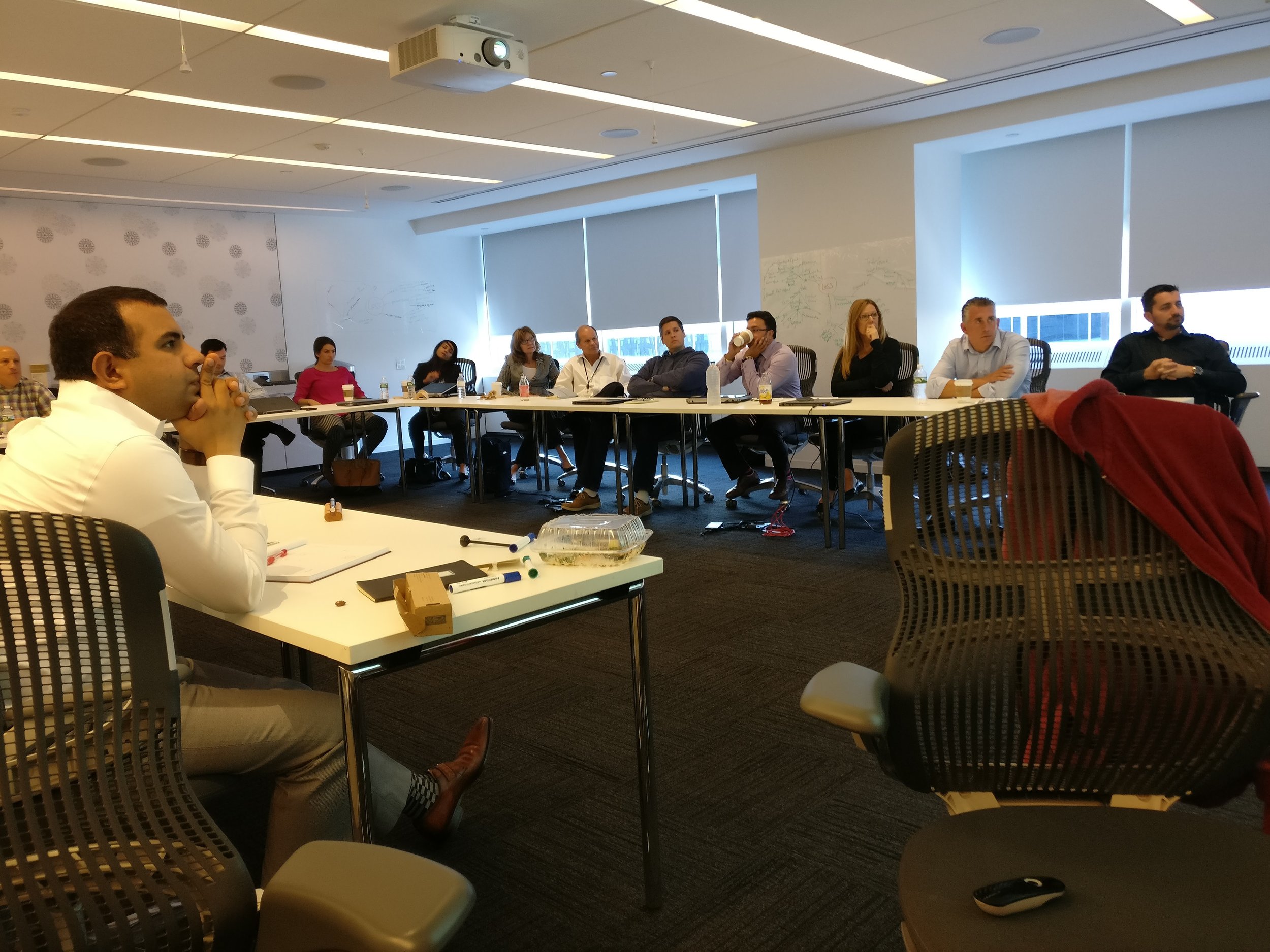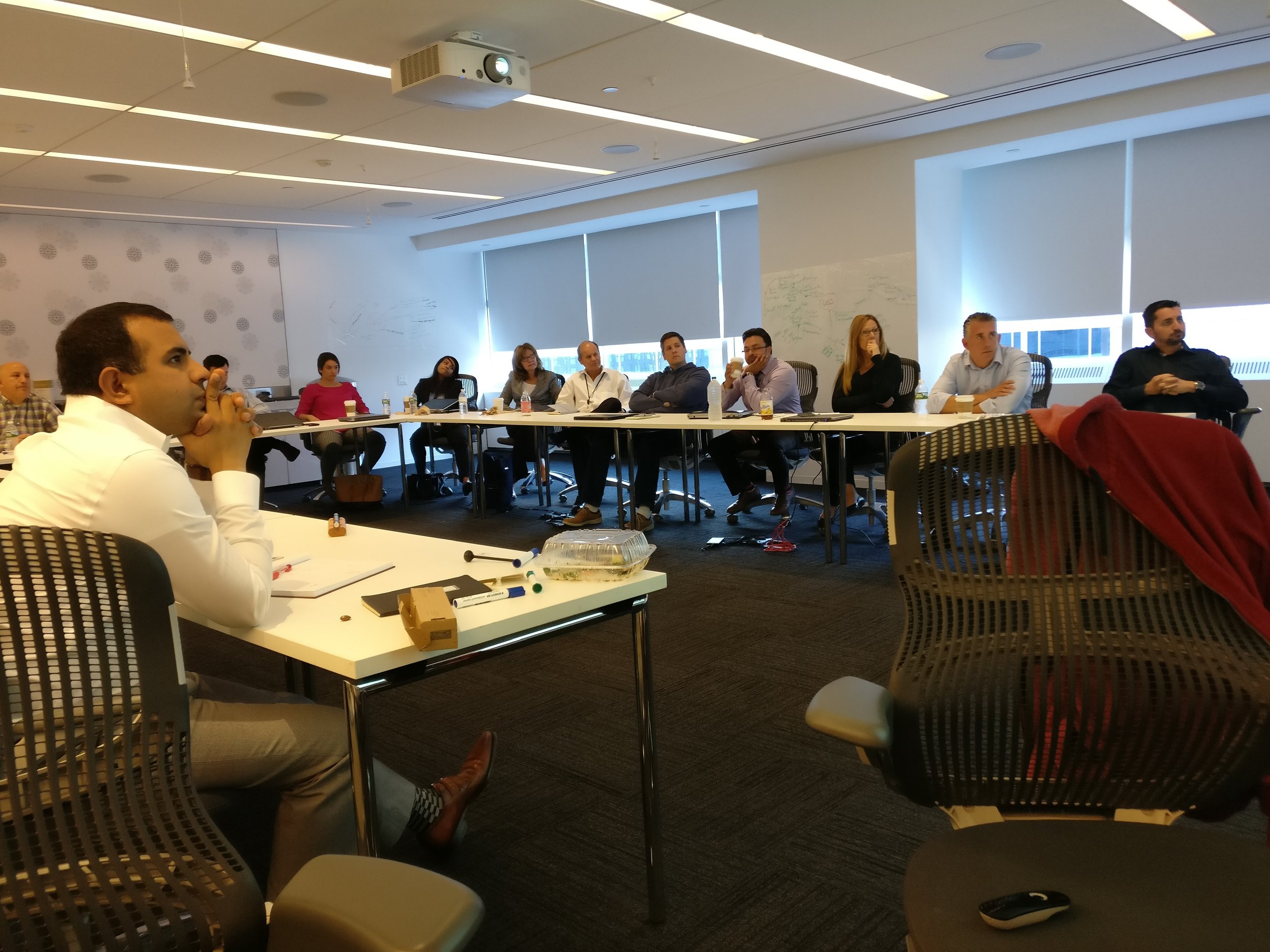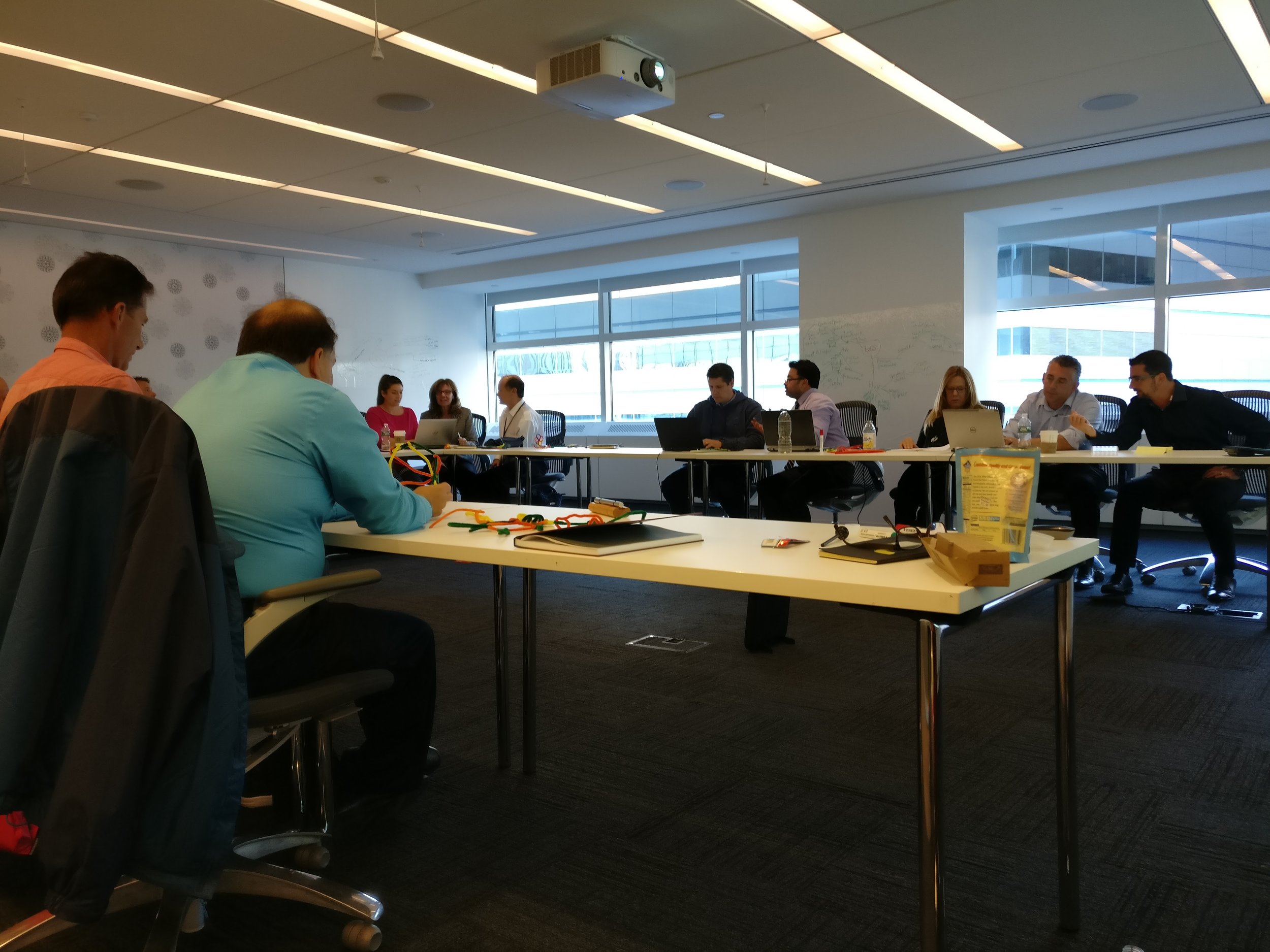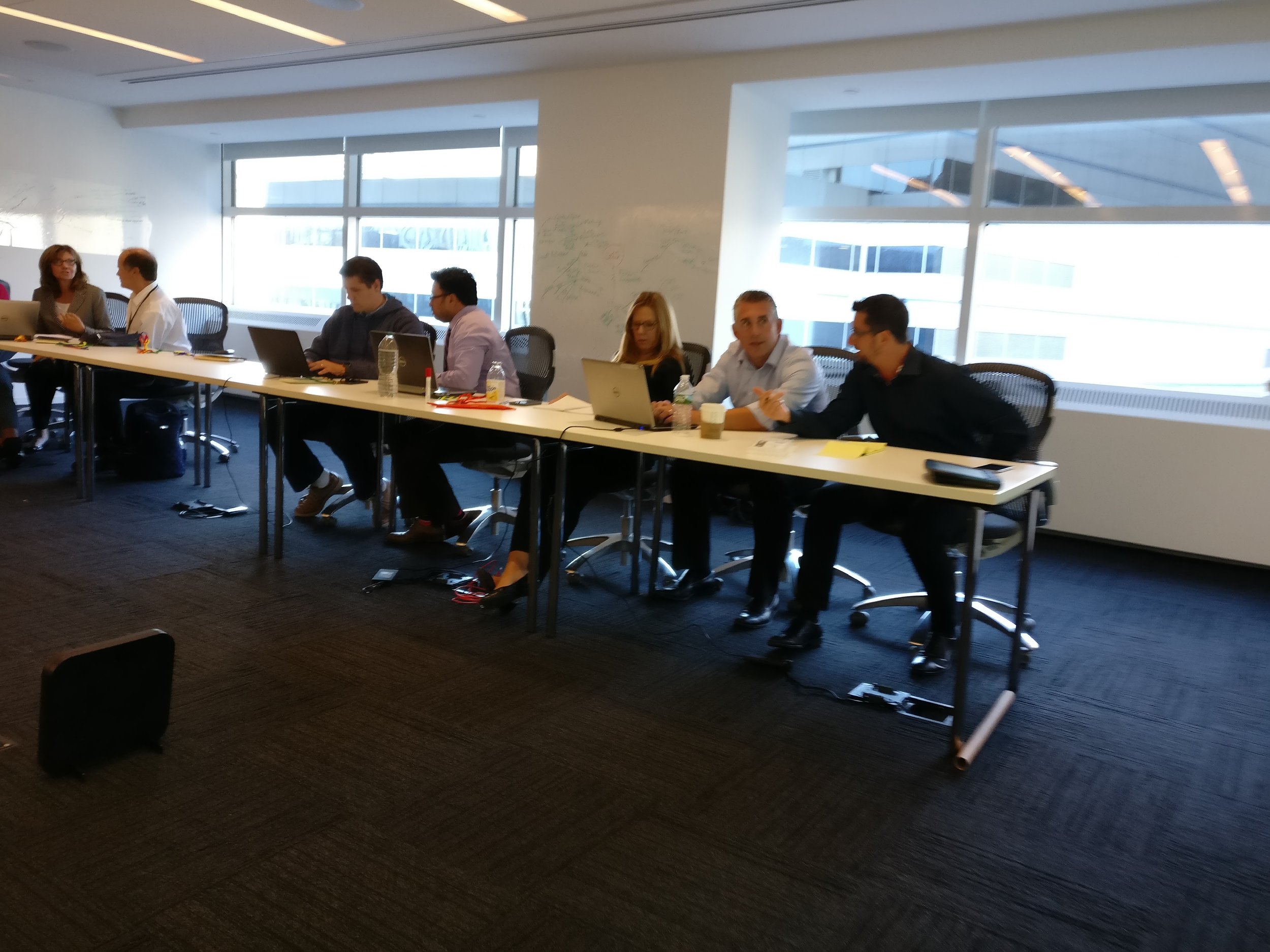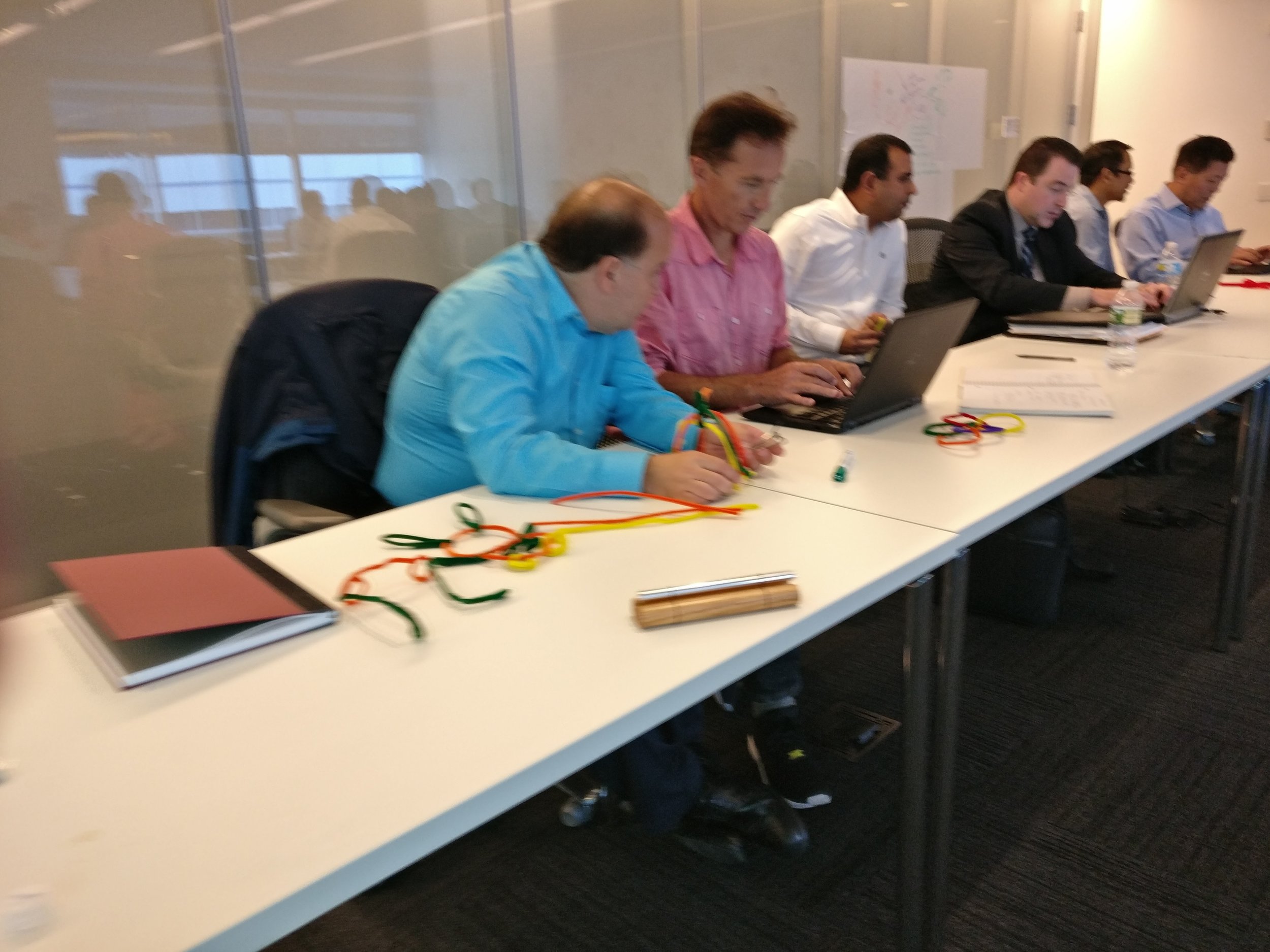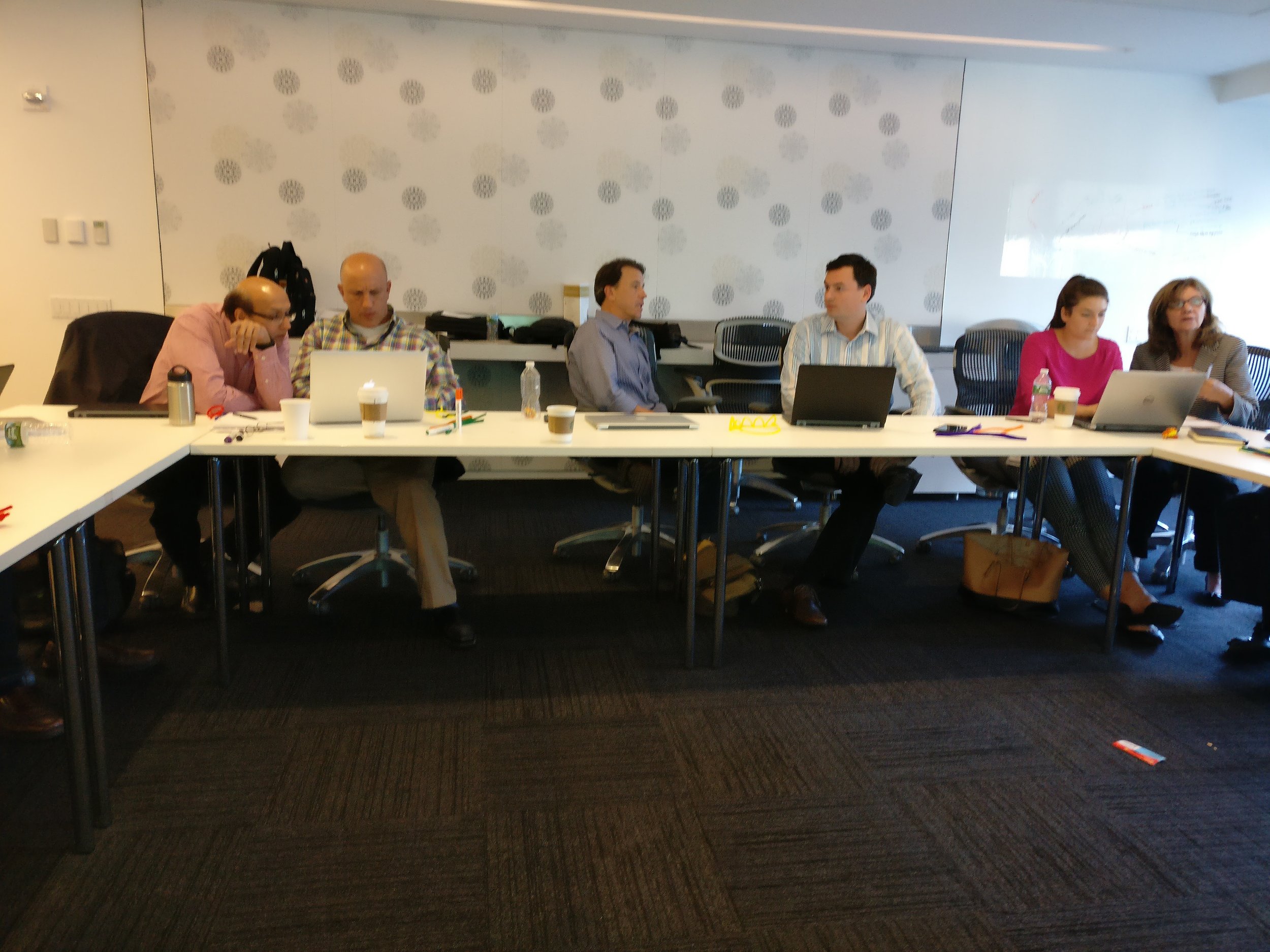I generally hate the morning. I usually wake up later than I want, feeling foggy, chest full of mucus, and joints aching.
“I’m just not a morning person.” Is what I have always told others and myself.
I have long desired to become a morning person though. Waking up at 4 am, working out, journaling, meditating, etc. has always been an elusive dream. I tried watching inspirational YouTube videos, internet how-to’s, usually at 1 am, to help me become a morning person, but it never sticks.
Now that I control my schedule even more, things have gotten worse.
That is, until about 2 months ago.
I was visiting family in New Jersey and had a string of caffeine-fueled days and late nights that resulted in pretty crappy mornings.
The crappier I felt, the more caffeine I would consume.
On a night out with my wife, I decided to have a quick double espresso to start the night off right. We were discussing something, when my heart started to beat uncontrollably. She looked at me and told me that I should sit down and that my face was getting pale.
My terrible sleep habits, roughly 1200 mg of caffeine a day, and dehydration had resulted in that.
“That’s it! I’m quitting coffee.” I told her.
“I don’t think that is possible,” she replied.
We have been together for 20 years and I have been addicted to coffee the entire time.
Doing the Impossible
But that is exactly what I did. I quit coffee.
The following week is what can only be described as hell week. I was tired all the time, irritable, and just not myself.
After a week, I started to feel better, I stayed hydrated and exercised which seemed to help.
During this time, I started to read about what was happening with my body that resulted in the strange heart pounding incident. I learned about adrenal fatigue, inflammation, & circadian rhythms.
I calculated that I had been alive over 14,000 days and I didn’t want to waste any more. I didn’t want to wake up feeling like crap and going to sleep struggling to actually sleep.
Stopping caffeine was my critical first step. What I noticed as my body started to detox was that rather than going between 2 and 10, I was at a steady 6 or 7.
During this time we made a long trip back from New York to Istanbul with a stopover in Amsterdam. Doing an overnight with 4 kids and a layover is not a lot of fun, but to my surprise I was very zen the whole time. Even when we had issues with one of the kids papers, I was still at a 6.
During the following weeks, I started to sleep earlier and earlier. My body would get tired and I would just sleep. As someone who tracks their sleep habitually, my deep sleep went from 1 hour a night to 3 hours. I found myself sleeping less and waking up earlier.
I started waking up clear and feeling great. I became over-protective of maintaining that feeling. My nervous energy and excitability was replaced with a more mellow personally.
“Are you ok? Is everything ok?” Was something I heard a lot. I was perfectly fine.
Waking up at 4 or 5 AM poses a major issue: What do I do with that quiet time?
Rather than wasting the time on the internet or YouTube, I created an ever-evolving protocol:
The night before:
No electronics after 8 PM & keep the phone outside the room
Golden milk (This turmeric-based drink is a magical potion and has eliminated virtually all morning mucous)
Go to bed around 9 PM but not sleep
Journal (What did I do that day and what I want to do the next day)
Read a physical book
Talk to wife etc.
The morning:
Wake-up naturally between 4-5
Make a large peppermint tea, I prefer this to a large glass of water
Spiritual practices (30 min)
60 minutes on the stationary bike (Check email, WhatsApp, etc)
Hot/Cold shower
High protein breakfast & 500 ml of water
Wake-up the kids and make them breakfast
The sacrifice
This new protocol is not without it’s scarifies. 9-1 AM was when I would hang out most with my wife. We have replaced this with having breakfast together or going for a walk together in the morning. The lack of caffeine has also meant that it’s harder to get to a high when I’m feeling sluggish. I am also finding myself saying no to any social gathering that will force me to stay out too late.










